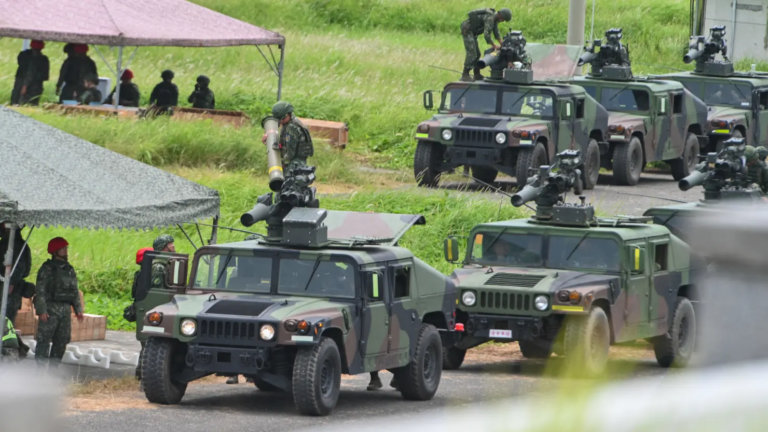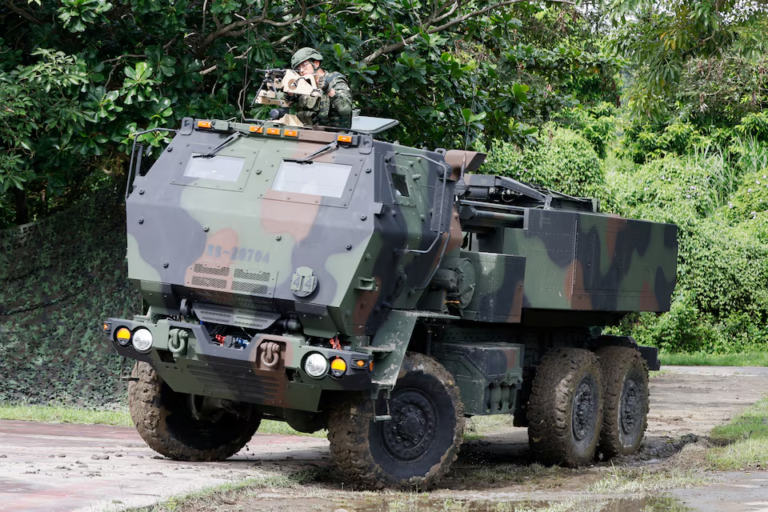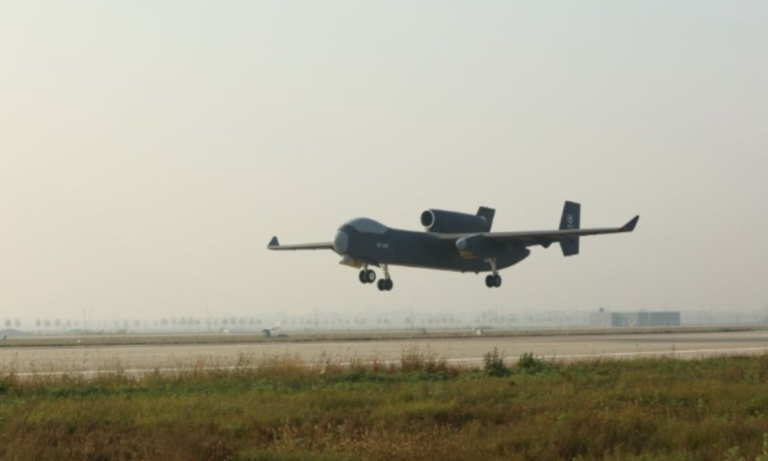
Adm. Steve Koehler, commander, U.S. Pacific Fleet visited the USS Nimitz (CVN 68) while underway in the Indo-Pacific, recognizing the ship’s enduring legacy and the dedication of its crew in advancing regional security, strengthening partnerships and inspiring future generations of naval leaders.
During his visit, Koehler met with leadership across the Nimitz Carrier Strike Group and addressed the Sailors aboard, highlighting the strategic importance of their mission and the strike group’s presence in the Indo-Pacific. He praised the crew for upholding the tradition of excellence that has defined Nimitz throughout decades of global operations.
“The first cruise I did in 1991 was on this ship,” said Koehler. “Now 34 years later, as I concentrate on stewardship across the fleet, it’s obvious the crew takes great pride and ownership of USS Nimitz. I appreciate all the work you do to maintain this warship to ensure it is combat ready and continues to strengthen deterrence.”
Students from the U.S. Army War College’s Joint Warfighting Program recently concluded a visit to the U.S. Indo-Pacific Command (USINDOPACOM) headquarters in Honolulu, Hawaii. The visit, part of the War College’s curriculum, provided a crucial opportunity for future senior leaders to gain firsthand experience and understanding of the complex security environment in the Indo-Pacific region. Over several days, the students engaged in briefings and discussions with key USINDOPACOM leaders and staff, focusing on the command’s mission, strategic objectives, and ongoing operations. Topics covered included regional security challenges, alliances and partnerships, maritime security, and the importance of integrated deterrence. “This visit is an invaluable experience for our students,” said a spokesperson for the U.S. Army War College. “It allows them to translate theoretical knowledge into practical understanding of the challenges and opportunities present in the Indo-Pacific. By engaging directly with the individuals responsible for shaping U.S. strategy in the region, they gain a deeper appreciation for the complexities of modern warfare and the importance of collaboration.” The visit emphasized the critical role USINDOPACOM plays in maintaining peace and stability in the Indo-Pacific, a region of growing geopolitical importance. Students left with a broadened perspective on the challenges facing the United States and its allies in the region and a renewed commitment to serving as effective leaders in a rapidly changing world. The U.S. Army War College plans to continue this collaboration with USINDOPACOM to ensure future generations of military leaders are well-prepared to address the evolving security landscape.
The visit comes as Nimitz continues a regularly scheduled deployment in one of the world’s most strategically significant maritime regions.
The strike group’s deployment will focus on protecting security, freedom, and prosperity for the United States, our allies and partners and demonstrating the U.S. Navy’s unwavering commitment to a free and open Indo-Pacific.
During its history, the Nimitz Carrier Strike Group has upheld the U.S. Navy’s commitment to a forward presence while ensuring maritime security, deterring aggression, and protecting the American way of life.
The Nimitz Carrier Strike Group (NIMCSG) is composed of the Nimitz-class aircraft carrier USS Nimitz (CVN 68), Carrier Air Wing (CVW) 17 and Destroyer Squadron (DESRON) 9.
As an integral part of U.S. Pacific Fleet, U.S. 3rd Fleet operates naval forces throughout the Indo-Pacific, providing realistic and relevant training to ensure the readiness required to meet the full spectrum of military operations. In coordination with allies and partners, U.S. 3rd Fleet advances a shared commitment to a free, open, and secure Indo-Pacific where all nations can exercise their sovereignty free from coercion.





